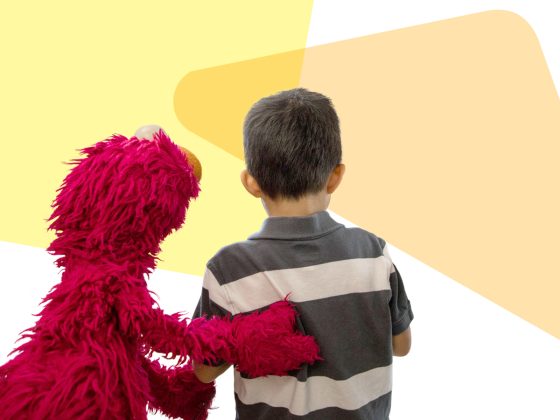
What Are Traumatic Experiences?
You have the power to help kids feel safe and learn to cope.
Traumatic experiences are events or circumstances that threaten one’s life, mental health, or physical well-being. Trauma is the physical and emotional response to those experiences. One in four children endure more than one traumatic experience, and research shows that it can have serious, lifelong effects.
Every child responds to trauma differently, but if traumatic experiences remain unaddressed, they have serious long-term effects on children’s well-being. It doesn’t have to be that way. Research also shows we’re stronger than we know, and that having trusted and caring adults who love, support, and protect kids makes all the difference. As a parent or other close caregiver, you hold the power to change the course of kids’ lives after these experiences.
Traumatic experiences can include:
- emotional, physical, or sexual abuse
- emotional or physical neglect
- witnessing violence against one’s mother
- a parent’s addiction to alcohol or other substance
- a family member’s mental illness
- separation or divorce
- the incarceration of a parent
- involvement with the foster care system
- witnessing community violence
- living in an unsafe neighborhood
- bullying
- experiencing racism
Traumatic experiences may be one-time events or they may be frequent and repeated — part of a child’s environment — resulting in toxic stress that elevates unhealthy stress levels over time. One in four children experience more than one of these events, and traumatic experiences have been proven to negatively impact brain development, learning and memory, social skills, and mental and physical health.
But there’s good news. There are things that help:
The good news is that our brains and bodies are resilient, and there are protective factors that can lessen the impact of trauma:
- Parent/caregiver resilience and knowledge: parents who can cope and who understand their child’s development, positive parenting strategies, and their own responses to trauma;
- Nurturing and attachment: when parents and other caring adults stay tuned in to kids’ needs and support them with love;
- Social connections: when kids have family, friends, and neighbors who help;
- Basic needs: having food, shelter, clothing, and health care;
- Social and emotional skills: when kids and parents have ways to understand, express, share, and manage their feelings;
You have the power to help kids feel safe and learn to cope. On this site you’ll find materials and resources to help you do that.
Sources
“What is Child Traumatic Stress?” The National Child Traumatic Stress Network.
Felitti, Vincent J, Robert F Anda, Dale Nordenberg, David F Williamson, Alison M Spitz, Valerie Edwards, Mary P Koss, and James S Marks. “Relationship of Childhood Abuse and Household Dysfunction to Many of the Leading Causes of Death in Adults: The Adverse Childhood Experiences (ACE) Study.” American Journal of Preventive Medicine 14, no. 4 (1998): 245–58.
“When Things Aren’t Perfect: Caring for Yourself and Your Children.” AAP Trauma Guide. 2014. https://www.aap.org/en-us/Documents/ttb_caring_for_yourself.pdf.
“Essentials for Childhood: Steps to Create Safe, Stable, Nurturing Relationships and Environments .” Centers for Disease Control. August 2014.
“Key Concepts: Toxic Stress.” Center for the Developing Child at Harvard University. 2017. http://developingchild.harvard.edu/science/key-concepts/toxic-stress/
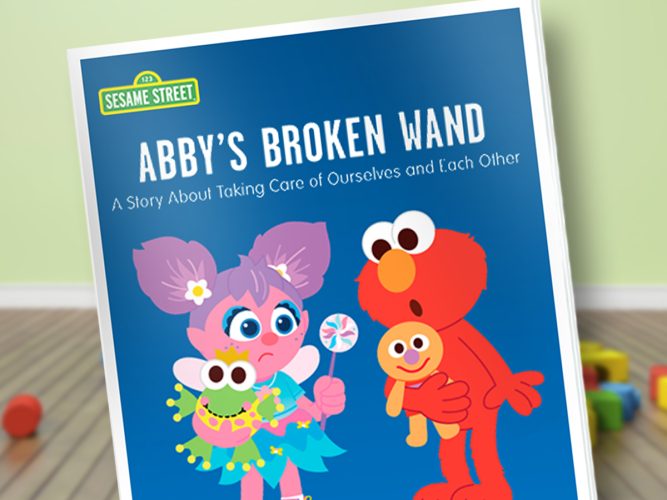
Abby's Broken Wand
A storybook featuring strategies to help children cope with big feelings.
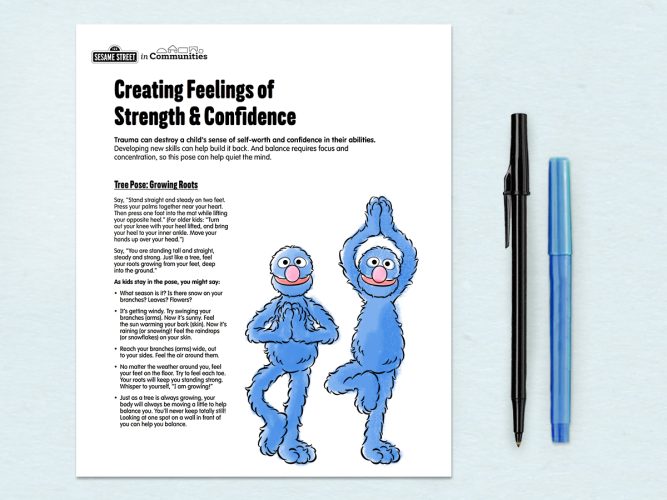
Creating Feelings of Strength and Confidence
A focused movement activity that builds confidence and a sense of groundedness.

Learning How to Count, Breathe, Relax
Small things can set kids off, but you can teach them a self-soothing breathing exercise to use on their own.
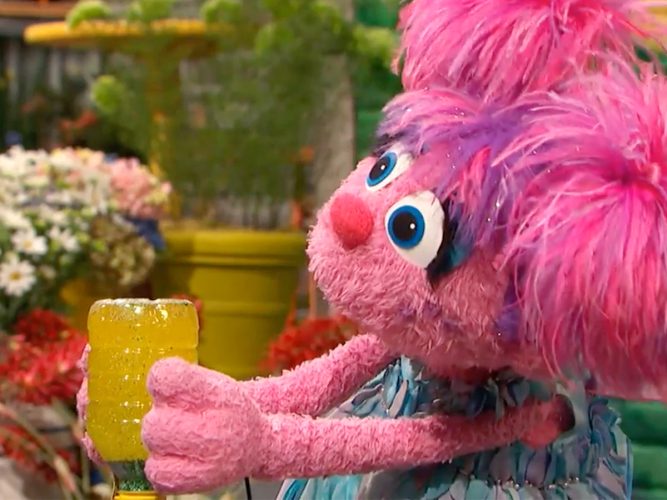
Slow Down & Settle Down
Parents and children can share ways they calm and soothe themselves. This video provides more self-care ideas.
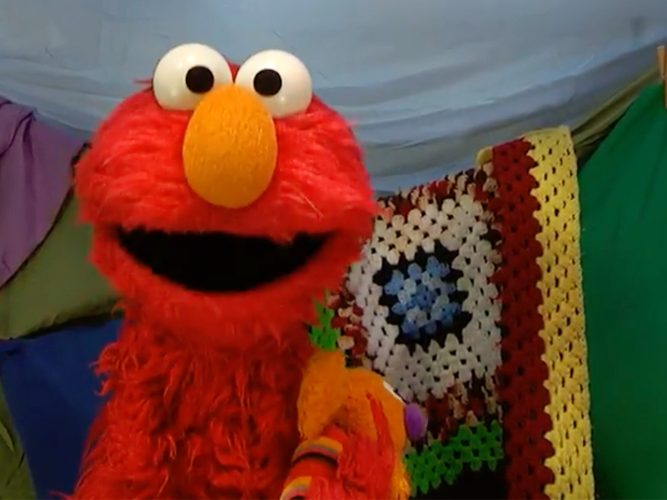
Feeling Safe
In order for healing to begin, it’s critical that kids feel protected and safe.

It’s Not Easy Being Green
A song about being ourselves.
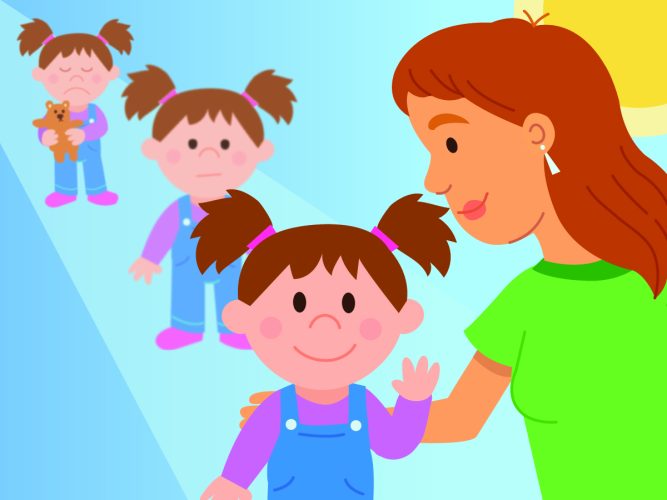
Helping Children Make Meaning After Trauma with Chandra Ghosh Ippen
Learn how young children experience trauma and what can help with Sesame Workshop’s Tara Wright, and clinical psychologist and author Chandra Ghosh Ippen.
